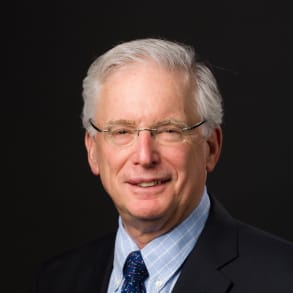Can you explain the importance of the fact that ECP provides dual or bifurcated effects on immune modulation, i.e., it can potentiate immune response against malignancies such as CTCL, and tolerize immune response in such conditions as GVHD?
Presenter
Aaron B. and Marguerite Lerner Professor of Dermatology
Chair and Professor
Department of Dermatology
Yale School of Medicine



